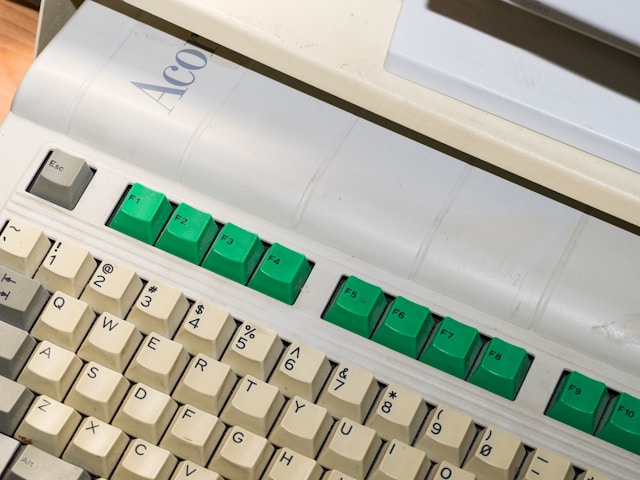Digital natives?
In 2001 Mark Prensky was in his mid-fifties when he coined the term Digital Native, broadly describing children who were in school at the time. A child aged ten in 2001, if they were growing up in a reasonably affluent Western household, might not remember a time before the modem screeched to take over the line whenever nobody needed the phone.
Five years later, those children would covet the first iPhone (and settle for an iPod Touch). By the time they entered the workforce around the early 2010s, they were already beginning to tire of Facebook, and looking around for something Mum and Dad hadn’t got to yet.
Prensky’s insight was that for this generation, ‘digital’, and particularly ‘the Internet’ (with its capital I), was the air and the water. They would be comfortable and adept with technology in a way that older generations – ‘Digital Immigrants’ – never would. And those Immigrants had better be thinking about that as they raised and taught the Natives.
OK, Boomer.
Presky may have been right about his generation: even many hobbyists his age didn’t unwrap their first honest-to-God kit computer before their early thirties. And while most of Presky’s peers have now entered old age broadly competent in using a computer and mobile, navigating a good chunk of the world online, many of them still depend on the two or three generations below for tech support and digital reassurance.
When Presky coined his term, the youngest part of the workforce was made up of those born in the nineteen-seventies into the nineteen-eighties. Any of these adults who were already parents had children who were still very young. Yet too old – given we were still almost a decade from the iPad – to have had a screen in their cot or pushchair.
Digital Pioneers
In fact, when Presky was identifying the rise of Digital Natives in 2001, for twenty- and thirty-somethings, the screech of a modem was already a sound familiar from childhood: it was the same audio encoding they had heard when they used cassette tapes to load and run games on their early-model Spectrum, Commodore or Acorn home computers*. Not all, but many, had used the same magnetic tapes to save their creations and almost all of them remembered how to write the real Hello, World! program of their generation:
10 PRINT “I HATE SCHOOL”
20 GOTO 10
*If they were in the UK or Ireland – in the 1980s the first computer you encountered depended on where in the world you were.
Because these new workers – the youngest of Gen X and the oldest Millennials – weren’t Immigrants at all, but Digital Pioneers. Sure, the web was new, but it was a development of the tech they had known since childhood, and it wasn’t weird to them; nor was it magic. They had seen some of the nuts and bolts.
Now that these Pioneers are in the second halves of their careers, they – we – need to pay some attention to what is unique about that perspective. Because it’s not long now before it’s us who leave the workforce and shuffle off into the Greytrix (of which more later). Before then, we should share the lessons we’ve learned; since we really were raised with Skills For The Future.
If you’re a Digital Pioneer looking to get to grips with the nuts and bolts behind AI, or a Digital Native exploring the threats and opportunities it poses, check out John’s new course. Our AI in Education course provides a hands-on factual introduction to the state of AI in education, a no-nonsense overview of the technology behind AI and its applications in education, and explores the threats and opportunities it poses.

